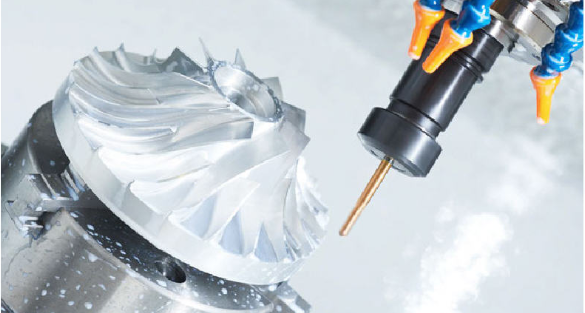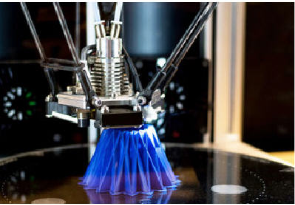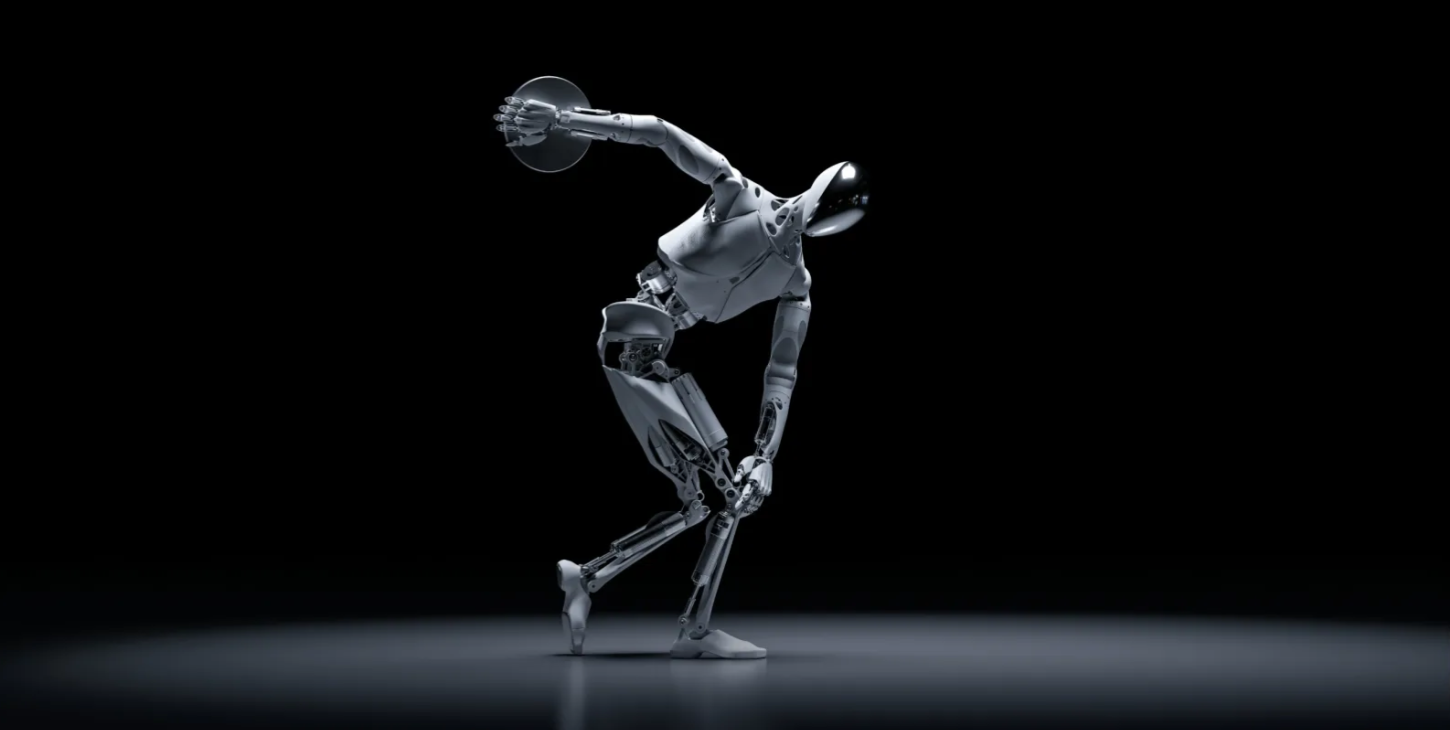CNC Machining & 3D Printing: A Mixedapproch To Precision Manufacturing
【Introduction】 CNC machining & 3D printing: a mixed approach to precision manufacturing.
The advancing 3D printing capabilities have made it to convenient for manufacturers to use additive manufacturing to develop parts from a wide variety of materials. These materials include polymers such as ABS, PLA, TPE, and carbon fibre composites, polycarbonates, and nylon.
Alongside 3D printing, precision CNC machining also enjoys a crucial role in the additive manufacturing process, with a new process called hybrid manufacturing quickly assuming its hold in the industry.

Combining CNC machining and 3D printing can meet all crucial design requirements and eliminate limitations in these individual domains.
Here's why the combination of CNC machining and 3D printing is relevant and the benefits that will follow:
Benefits of Combining Machining And 3D Printing
Conservation Of Time
The process of 3D printing a part and then having it delivered to the next section for CNC machining involves too many steps; however, this process is relatively less time-consuming than injection moulding, in injection moulding, the design and development of a specialised tool must go through every workpiece in the moulding process, making it more time-consuming. While we can alternatively use 3D printed injection moulds to reduce production time, incorporating the potential of CNC machining can be more fruitful.
We can seamlessly to tweak the digital files that end up getting 3D printed as prototypes rather than making alterations to an existing injection moulding machine tool.
Higher Tolerance Rate
3D printing has encountered hindrances of modern 3D printer. Many end-use parts have specific tolerances and other vital requirements that are only feasible by incumbent manufacturing methods.
Unlike 3D printing, CNC machining is consistent. It offers a more refined product because its equipment does not exhibit sensitivity to heat as a 3D printer, which might warp and distort the product and result in the uncertain runs of products.
Merging the two domains provides us with the perks of rapid prototyping brought to the table by 3D printers. It also enables us to dial In the tolerance from 0.1 mm to 0.3 mm as anticipated from a DMLS or SLS 3D printer to about 0.025 to D.125mm rendered by CNC Milling Machines.
Use A Bigger Workpiece
A congregation of these two domains involves 3D print a part and then forwarding it to CNC milling to balance the final tolerances and providing it with the desired finish.
There have been excitements about merging these two technologies into one machine. This scenario could result in something that resembles the industrial-scale hybrid milling machines. Such machines are speculated to harbour a build volume of about 40 feet in diameter and 10 feet in height. These hybrid 3D printing-milling machines can mill the surface of a new 3d print while the operation would still be underway.
With state-of-the-art CNC Benchtop Milling Machines, you can enjoy peak performance while occupying a minimum floor.
Likely Mergers of CNC Machining And3D Printing
Some of the cases where we can successfully implement the merger of3D printing and CNC machining for the manufacturing process includes:
Plastic Manufacturing
If we intend to develop a component from plastic, it is essential to consider that additive manufacturing might not adequately deliver the needed precision as we would require high tolerances. In such cases, employing 3D printing to manufacture the component and then bring in CNC machining to trim it to the desired dimensions could be beneficial. This gesture can help dispose of any shortcomings that may have surfaced due to the additive manufacturing hardware.

Machinery Replacement Components
3D printing can work exceptionally well with CNC machining for time-constraint operations. If we wish to create replacement parts within a short time window, sticking around for injection moulding dies to get fashioned might lead to us failing to meet the deadline.
Under such constraints, one approach is to establish an array of processing that complies with 3D printing and CNC machining without delays that could impede progress.
Since both technologies employ CAD files, it can be swift and easy to tweak designs and implement these alterations to components and products. Conversely, if we must change a die-based solution, more hold-ups could surface.
Here's How We Can Machine 3D Printed Parts
Industries that bear the pressure of offering top-notch product specifications include the defence, automotive, and medical device domains. The opportunities ofemploying3D printing are gradually on the rise, especially in aerospace.
However, satisfying customer expectations, granting enhanced safety oversight while enjoying a competitive advantage requires world-class architecture and meticulous manufacturing operations from every corporation type.
To adhere to the values mentioned above, here are some tips to harness the most out of our unified manufacturing process:
Interact with machinists at every stage to eliminate even the slightest of errors and ensure product delivery precisely as per the specifications. Some sections on the component might demand relatively tight tolerances, which is why we must call these out early to avoid misinterpretations regarding design priorities.
If some features on the workpiece or product might demand milling after printing, we must design the product scrupulously so that the milling machine physically reaches that specific area.
Knowing when to use extra material is also paramount. A 3D printed part might be 85 or 90 percent in compliance with the desired fit and tolerance, but to ensure that it enters all the way, the CNC milling process can alter its mass and dimensions. Not accounting for the extra material can leave weak points in the final design.
Unifying 3D printing and CNC machining boosts the productivity of our manufacturing processes and alleviates time consumption between tedious processes. This unification is catalysing since this configuration surmounts individual technological limitations.
Meaningful Combination
3D printing and CNC machining are now perceived as technologies that seamlessly integrate and enjoy their influence ranging from rapid prototyping to full-blow mass production.
A meaningful combination of the two worlds can help manufacture even the most intricate parts and boost productivity. Besides the enhanced efficiency, we could also create products within a smaller window of time and decrease material wastage.




